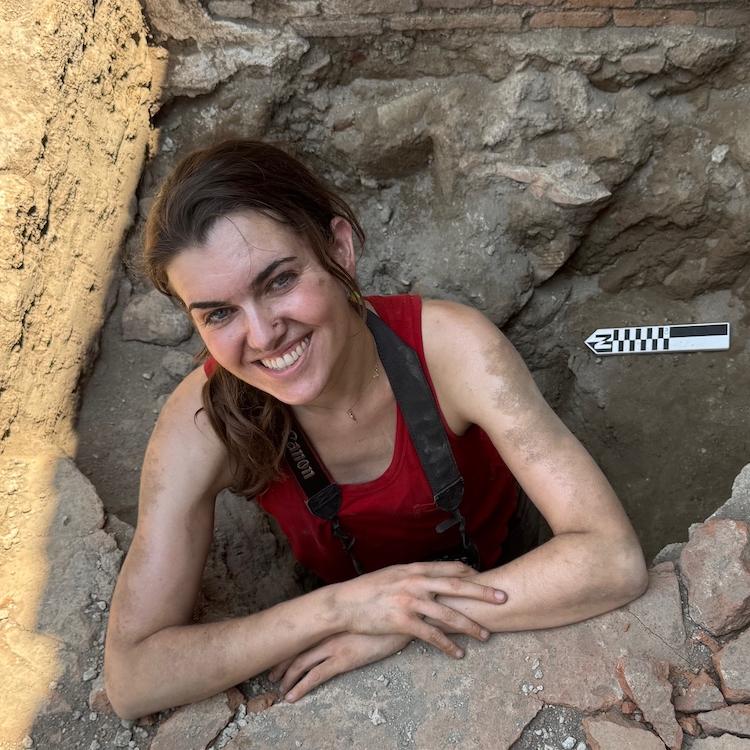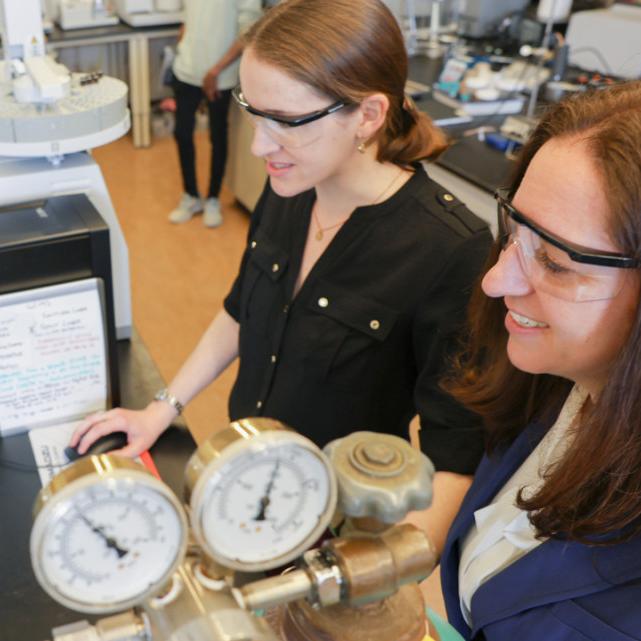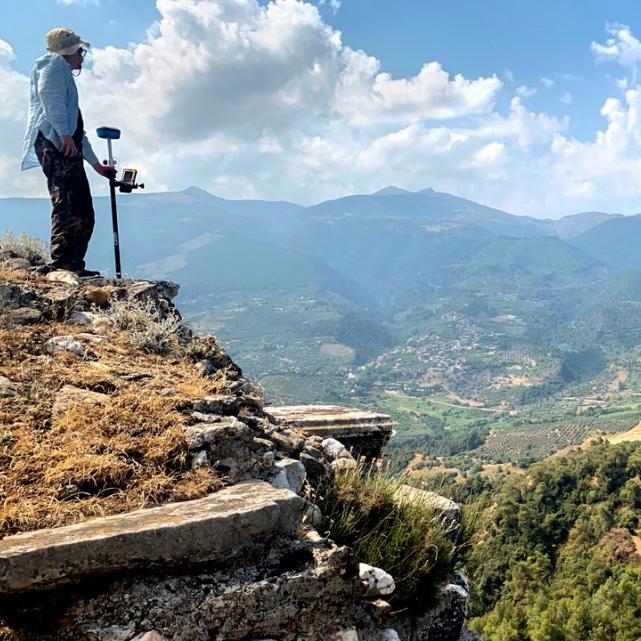
 Department Homepage
The College of Arts & Sciences
Department Homepage
The College of Arts & Sciences
Second century mosaic graces Klarman Hall atrium
The floor mosaic sat in storage for nearly 80 years and was a gift from Princeton University researchers to Cornell colleagues.




